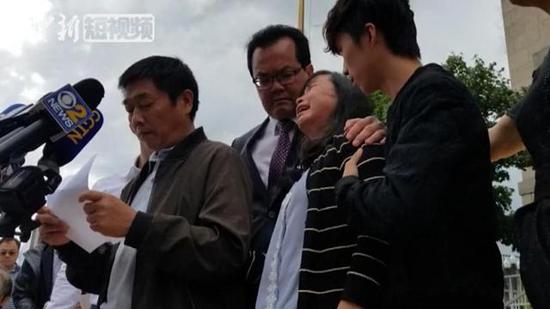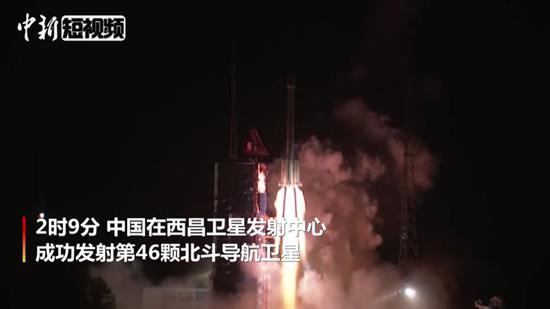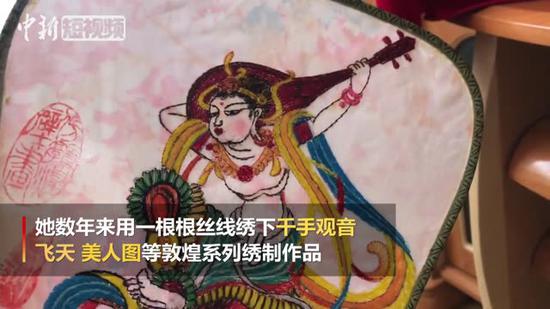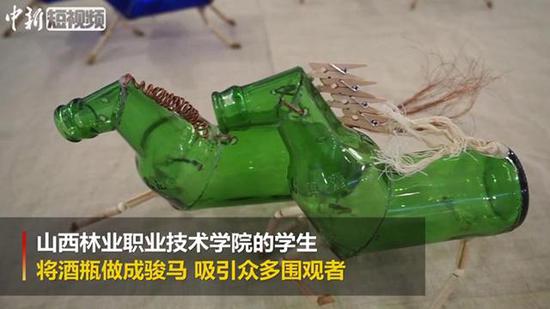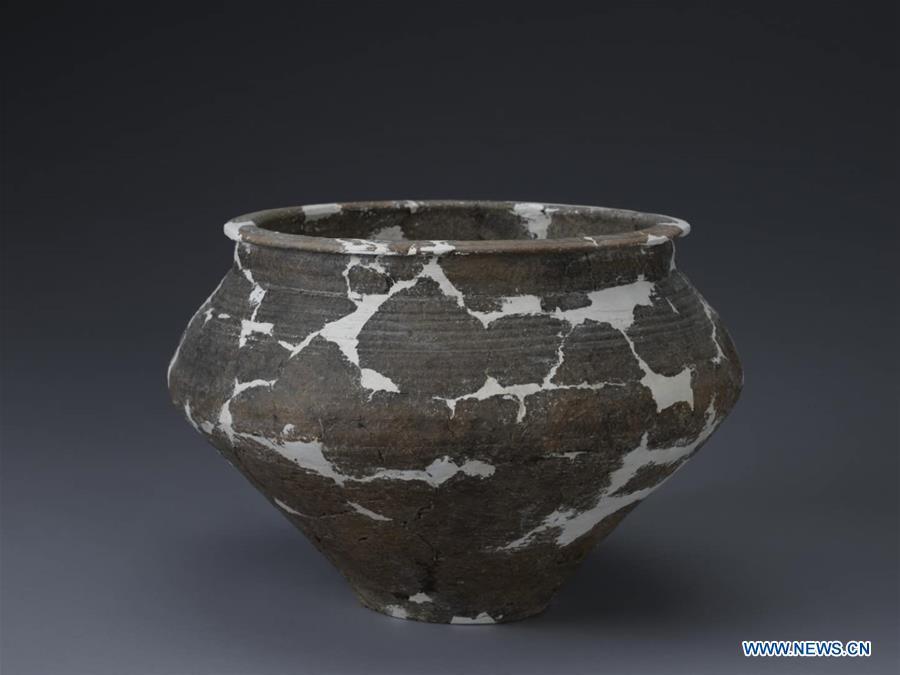
Undated file photo provided by the Zhengzhou Cultural Heritage Bureau shows a relic unearthed from the Qingtai Ruins in Zhengzhou, capital of central China's Henan Province. Chinese archaeologists have evaluated astronomical relics discovered in the Qingtai Ruins as the country's earliest evidence for "observing the images and giving time," advancing history by nearly 1,000 years. Archaeologists found the "Big Dipper Nine Stars" marker at the 5,000-year-old Qingtai Ruins. The size of the nine objects is basically the same as the actual brightness of the celestial body. (Xinhua/Zhengzhou Cultural Heritage Bureau)
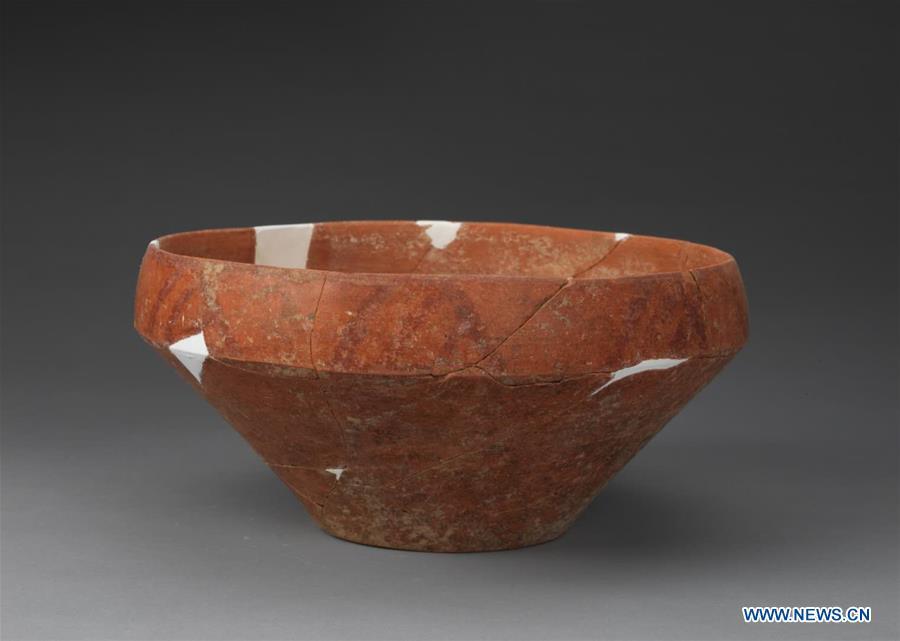
Undated file photo provided by the Zhengzhou Cultural Heritage Bureau shows a relic unearthed from the Qingtai Ruins in Zhengzhou, capital of central China's Henan Province. Chinese archaeologists have evaluated astronomical relics discovered in the Qingtai Ruins as the country's earliest evidence for "observing the images and giving time," advancing history by nearly 1,000 years. Archaeologists found the "Big Dipper Nine Stars" marker at the 5,000-year-old Qingtai Ruins. The size of the nine objects is basically the same as the actual brightness of the celestial body. (Xinhua/Zhengzhou Cultural Heritage Bureau)

















